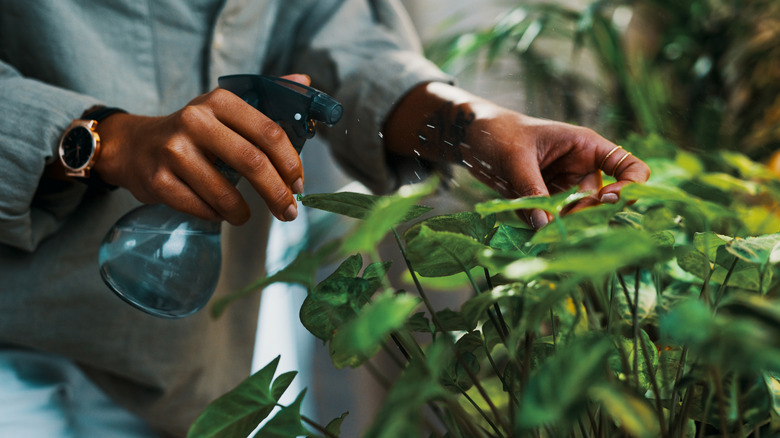Growing your plants in top-notch soil is vital to producing a healthy garden. Of course, you could buy fertilizer to boost nourishment, but all you really need may be right in your kitchen. If you combine black tea and dry oats, you can create a DIY fertilizer that can keep your soil fertile and healthy.
Store-bought fertilizers can be harmful and, in some cases, deadly to humans and pets, as per Healthline. Consequently, many people would rather use household items as natural fertilizers that are safe for all members of the family. Using a natural DIY is also cost-effective.
Just like humans, plants need vital nutrients. Specifically, they thrive on nitrogen, phosphorus, and potassium, and these are all found in tea. When plants get these nutrients, their foliage grows thicker and their roots are healthier. It also helps boost the vibrancy in the color of the flowers. Oats also have those three key nutrients in addition to calcium, zinc, copper, and magnesium, which also encourage plant growth.
How to use tea and oats to fertilize your soil

A popular TikTok hack shows just how easy it can be to add nitrogen to your soil for a healthier garden by using a bit of your breakfast. To start, cut open a dry bag of black tea and add the tea leaves to any type of jar that can withstand boiling water, such as a mason jar. If you don’t have a mason jar on hand, you can use a mug or bowl.
Then, add 1 tablespoon of unflavored dry oats and mix it up with a spoon. Fill the jar with 2 cups of boiling water, and set aside the mixture for an hour to cool. Once it’s completely cooled down, strain the mixture to remove all the solid remnants. You’ll be left with a liquid filled with nutrients that will nourish your plants as well as hydrate them. Pour it directly from the jar, mug, or bowl into a spray bottle, and then spritz your plants with the concoction once every few weeks.
Keep in mind that not all plants benefit from this DIY. You’ll want to choose plants that grow best in soil with high amounts of acid, such as spider plants, hydrangeas, tomatoes, orchids, and poinsettias. Alternatively, avoid using tea on plants that don’t react well to acidic soil, including cactus, chrysanthemums, daisies, and carnations.



